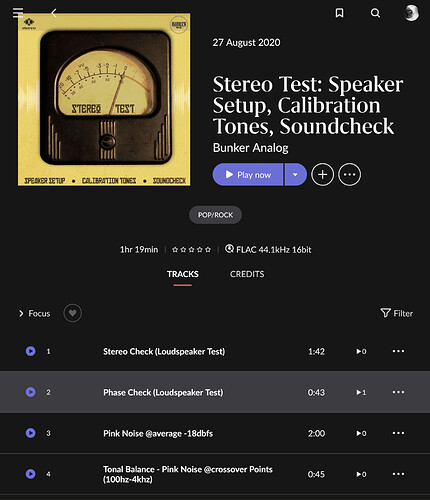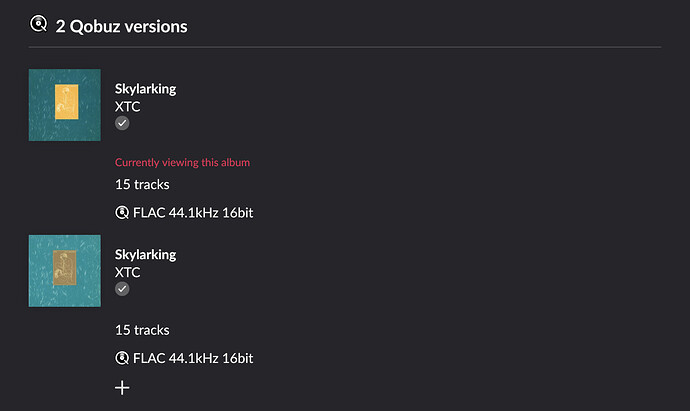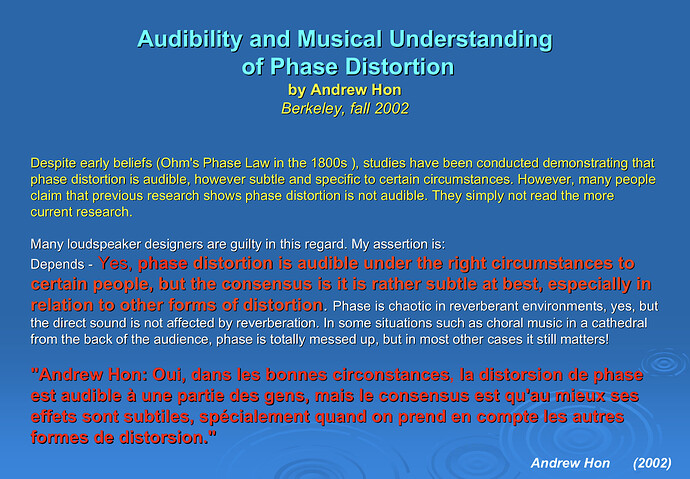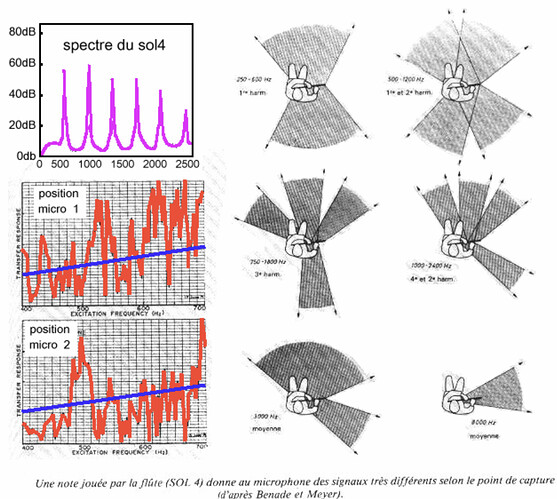Warning: an old software engineer’s theory. (You were warned, don’t complain.)
Software (or firmware, same thing except for delivery method) is hard. It is especially hard on memory or processor-constrained devices (recall your first smartphone). Software development is expensive. Even hugely resourced companies struggle with getting high-quality software to their users. Boutique streamer and DAC manufacturers have a teeny fraction of those resources.
Distributed, realtime systems are the hardest of the lot. Multiple processors, with different software stacks, communicating over finicky communication channels, trying to cooperate to achieve a common purpose under fairly stringent timing constraints. Keeping such systems working through thick and thin is hugely demanding (think of the last time your cloud services provider failed because of a fiber cut in Podunk).
Roon core talking to Roon endpoint talking to DAC is such a distributed system, operating over a communications network that none of the developers ever tested in that exact same configuration. And each of core, endpoint, and DAC are themselves complex assemblies of hardware and software with their own realtime and resource constraints.
It’s actually amazing that any of this works at all, let alone work so well for most people most of the time. Yet, bugs lurk everywhere, from different understandings of ambiguous specs (yes, most protocol specs out there are ambiguous) to garden variety off-by-one bugs.
Is it then surprising that a small boutique streamer or DAC vendor with limited development resources trying to pack a lot of functionality into a small fanless processor might cut it too close and build something that seemed to work great in a particular environment, but may misbehave somewhat when the environment changes? There’s complex software/firmware moving those bits from the Roon network to the DAC’s innards. A teeny software (or hardware) bug could make an audible difference when things change outside, especially on highly-tuned systems with discriminating listeners.




